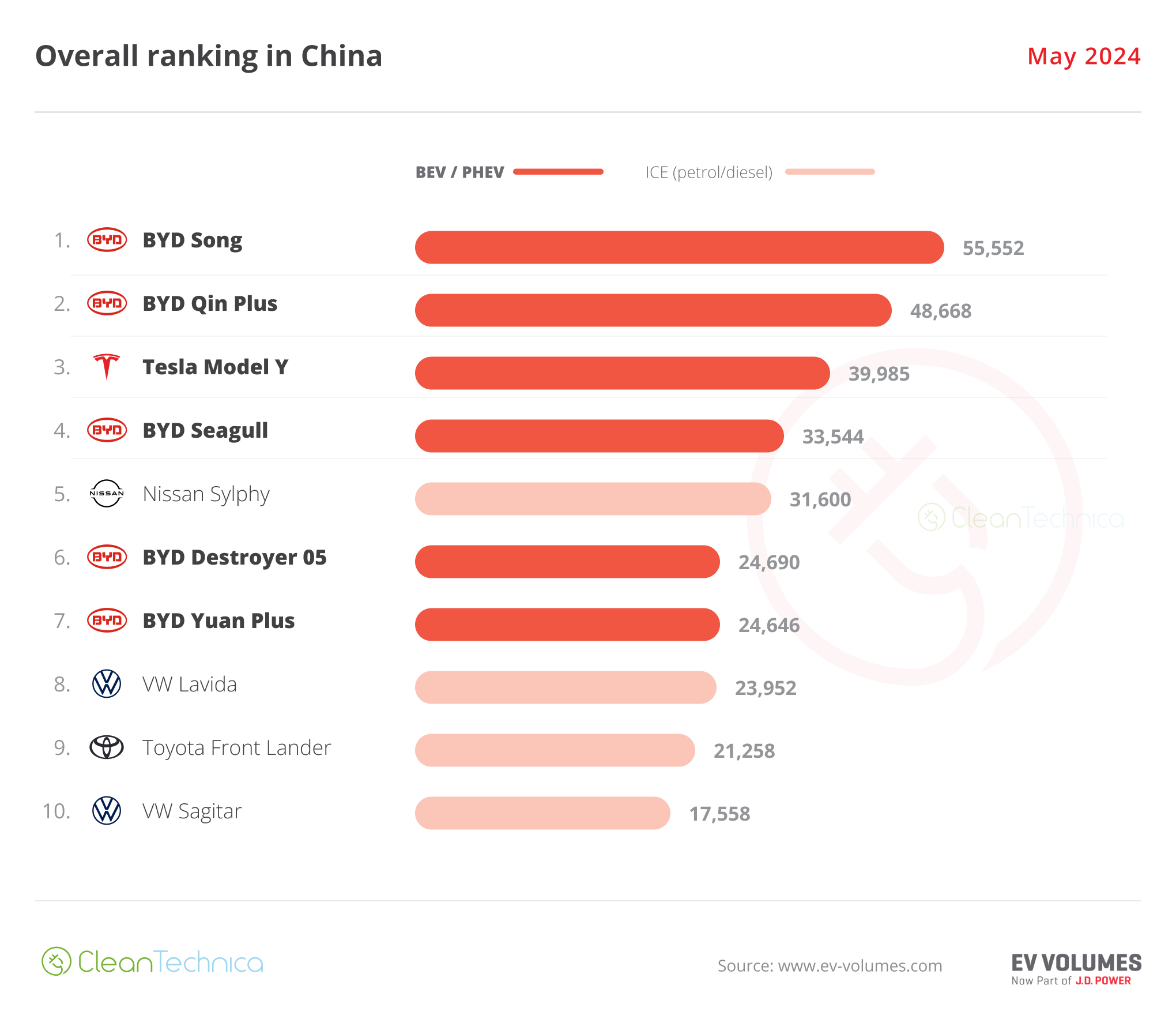
By most measurements, Canada’s standard of living is on a downward trajectory.
From the cost of goods and services like groceries and electricity, to inflation, more Canadians say they’re worried about making ends meet than in previous years, Ipsos data shows.
And recent reports, such as this one from the National Bank of Canada, paint a bleak picture of our country’s economic performance — particularly in terms of labour productivity, which is a key standard of living metric.
According to the bank’s findings, 2023 marked the third consecutive year of decline in labour productivity, exacerbating an already troubling trend that is also evident when looking at other key indicators of prosperity such as health care and education (more on this below).
Engaged women have told us they want trade-offs to be made to ensure our country’s economic success and prosperity, so this standard of living crisis is one we’re looking to governments to address in new provincial and federal budgets.
One big way government budgets can tackle these challenges is to support sound energy policies that bolster our economy, create jobs, and bring in critical tax revenues to fund our social services.
Which standard of living indicators are of concern?
Several key indicators of prosperity in Canada have been concerning in recent years. As Frank Stronach noted in a recent National Post article, two of the most important metrics are health and education.
Health care is facing significant shortcomings compared to other Organization for Economic Cooperation and Development (OECD) countries, reports the Canadian Medical Association Journal.
Canada has the lowest total number of physicians per capita, and along with the UK and Denmark the lowest number of hospital beds per capita, says the report.
While each province or territory is responsible for managing its own health care system, the provinces rely on transfer payments to fund health care, and more than 70% of health care spending is publicly funded through general tax revenues.
These costs ae expected to rise 5.2% every year for the next 10 years, according to the Canadian Medical Association.
Education is another critical standard of living metric and it’s also experiencing setbacks and funding issues.
Recent OECD reports show a concerning decline in math scores among Canadian high school students over the past two decades. This deterioration of educational standards not only undermines individual opportunities but also poses long-term risks to Canada’s economic competitiveness.
And once again, funding shortages are affecting education systems across the country, exacerbating teacher shortages in elementary and secondary schools, raising the cost of tuition for some post-secondary students and causing university staffing cuts.
Challenges like these disproportionately affect average Canadians “on the lower and middle rungs of the socioeconomic ladder,” Stronach notes in the National Post.
“They’re the ones lying in a hallway on a stretcher outside the critical care unit for hours on end. They’re the ones scrambling to find a family doctor. And they’re the ones who are increasingly struggling to buy groceries because sky-high inflation has eroded their spending power.”
What can be done to turn the page and drive more prosperity for all Canadians? Clearly additional funding is needed to support integral social services like health care and education. And that funding is significantly tied to the success of our economy.
This is where policies that boost our economic growth, and thus tax revenue, come in.
How energy policy facilitates prosperity and our way of life
A robust energy sector can be a catalyst for economic revival and improved standards of living.
The energy industry has long been a cornerstone of Canada’s economy, contributing significantly to government revenues and economic activity.
According to the Canadian Energy Centre, the sector contributed $755 billion to Canadian government revenues between 2000 and 2021, underscoring its pivotal role in helping to fund and sustain public services and social programs.
The oil and natural gas sector in particular remains a key driver of economic activity, supporting jobs and investment across the country.
The sector directly employs 290,300 people and indirectly supports more than 405,800 jobs, says the Canadian Centre for Energy Information.
Canada’s natural gas industry is expected to generate billions in government revenues and capital spending through 2050; conservative estimates suggest more than $227 billion in government revenues are expected from the natural gas sector, and an additional $420 billion from the oil sands.
With its contribution to GDP, job creation, and tax revenues, sound energy policy can be a springboard for Canadian prosperity. And with these tax revenues, education and health care can be better supported.
Strategic energy policies that embrace energy transformation can diversify the economy, create new employment opportunities, and positively impact the standard of living for Canadians coast-to-coast.
They can also foster advances in technology and innovation that will enable a reliable supply of energy, while reducing emissions.
Finally, sound energy policy also encourages development of a diverse energy mix – think renewables and low-carbon, non-renewable sources that combined meet our ever-growing need for more power.
With the right policy approaches and investments, Canada can emerge stronger, more resilient, and more prosperous than ever before.
Share This:



